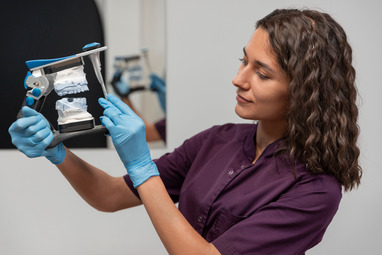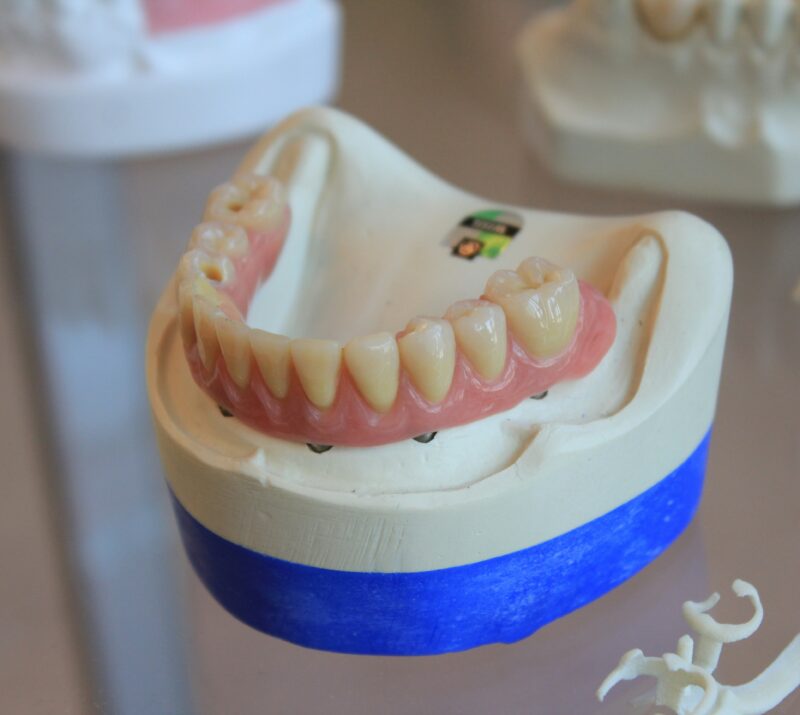Bone Graft in Dentistry: Rebuilding the Foundation for Healthy Teeth
A bone graft is a specialized dental procedure used to restore and regenerate bone tissue in the jaw. This treatment is essential when the jawbone has deteriorated due to tooth loss, periodontal disease, trauma, or developmental conditions. Bone grafting helps provide a stable foundation for dental implants or supports the health and structure of natural teeth.
Purpose of a Dental Bone Graft:
-
🦴 Rebuild Lost Jawbone: Restores bone volume lost due to gum disease or tooth extraction.
-
🪵 Support Dental Implants: Provides the necessary bone density and structure for successful implant placement.
-
🛡️ Prevent Bone Collapse: Maintains the shape and strength of the jawbone after tooth removal.
-
🦷 Enhance Stability: Supports surrounding teeth and preserves facial contours.
Types of Bone Grafts:
-
Autograft:
-
Bone taken from the patient’s own body (e.g., jaw, hip).
-
High compatibility and regenerative potential.
-
-
Allograft:
-
Bone sourced from a human donor (processed and sterilized).
-
Commonly used and safe for most patients.
-
-
Xenograft:
-
Bone derived from animal sources (typically bovine).
-
Biocompatible and used for structural support.
-
-
Alloplast:
-
Synthetic bone graft materials (e.g., calcium phosphate).
-
Often used in cases where natural donor sources are not ideal.
-
Procedure Overview:
-
Evaluation and Planning:
-
X-rays or 3D scans are taken to assess the bone condition and determine grafting needs.
-
-
Anesthesia:
-
Local anesthesia or sedation ensures patient comfort during the procedure.
-
-
Graft Placement:
-
The bone graft material is placed in the area where bone regeneration is needed.
-
-
Membrane and Sutures:
-
A protective membrane may be used to cover the graft, and the area is sutured for healing.
-
-
Healing Phase:
-
The graft integrates with the existing bone over several months (a process called osseointegration).
-
Benefits of Bone Grafting:
-
✅ Enables Implant Placement: Builds up bone for a strong implant foundation.
-
🧬 Promotes Natural Bone Growth: Stimulates the body’s own regenerative process.
-
🦷 Improves Oral Function: Restores support for chewing, speaking, and facial aesthetics.
-
🛡️ Protects Adjacent Teeth: Reinforces areas of bone loss that could lead to further dental problems.
-
😊 Preserves Facial Structure: Prevents the sunken look often associated with bone deterioration.
Recovery and Aftercare:
-
Mild discomfort and swelling are common in the first few days.
-
Antibiotics and pain management medications may be prescribed.
-
Patients should follow a soft food diet and maintain good oral hygiene.
-
Healing time can range from 3 to 6 months, depending on the type and extent of the graft.
Who Needs a Bone Graft?
You may be a candidate if you:
-
Are planning to get dental implants but have insufficient bone
-
Have bone loss due to gum disease or trauma
-
Recently had a tooth extracted and want to preserve jawbone volume
-
Have loose teeth caused by deteriorating bone support
A dentist or oral surgeon will evaluate your case and recommend the most appropriate grafting technique for your needs.





